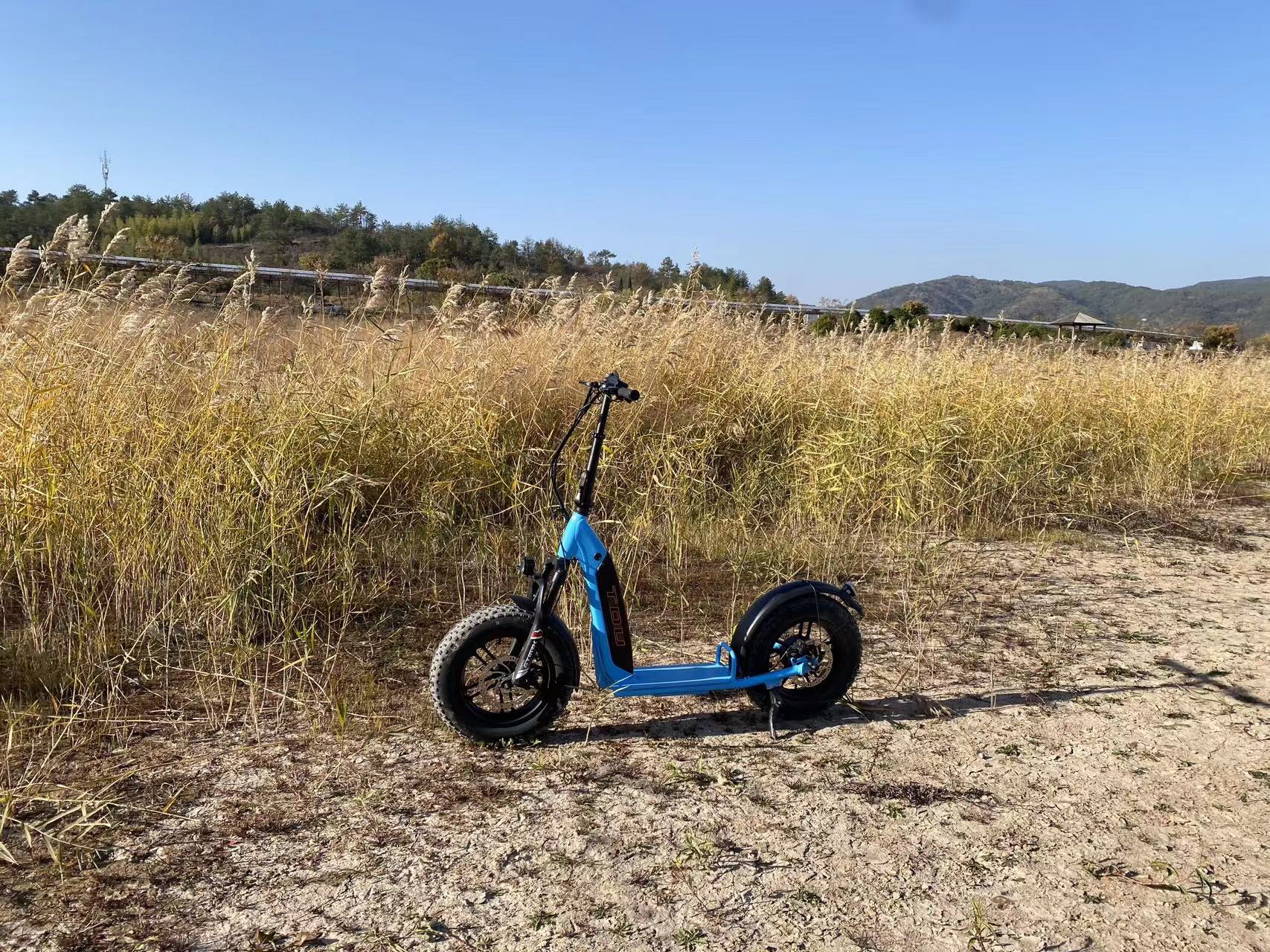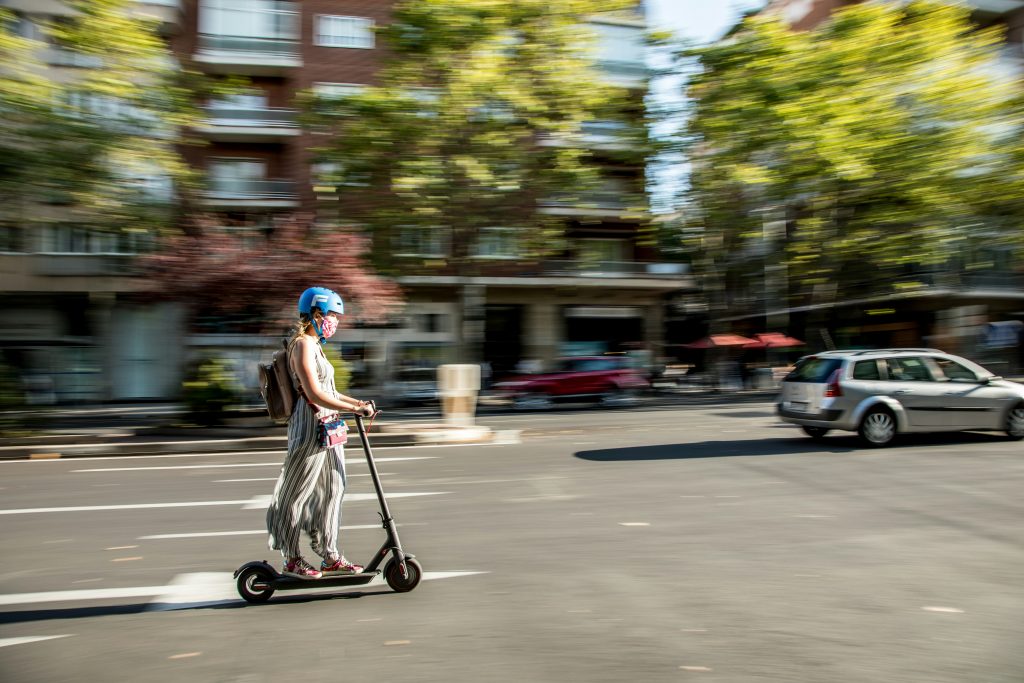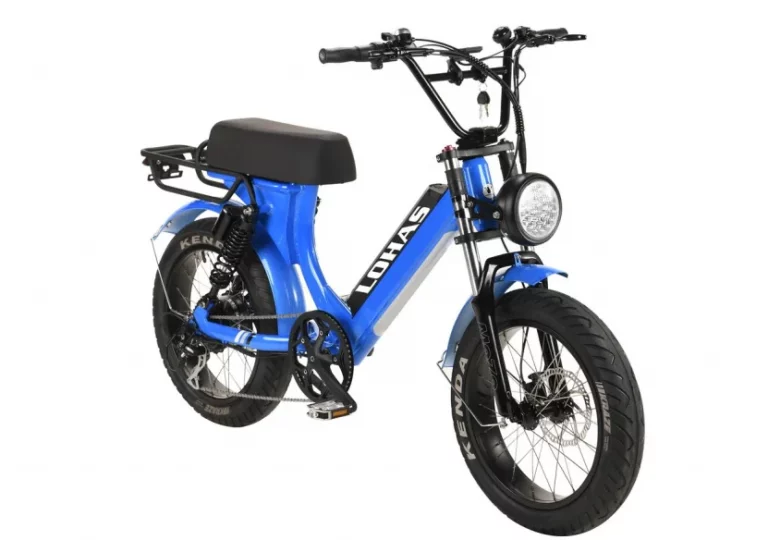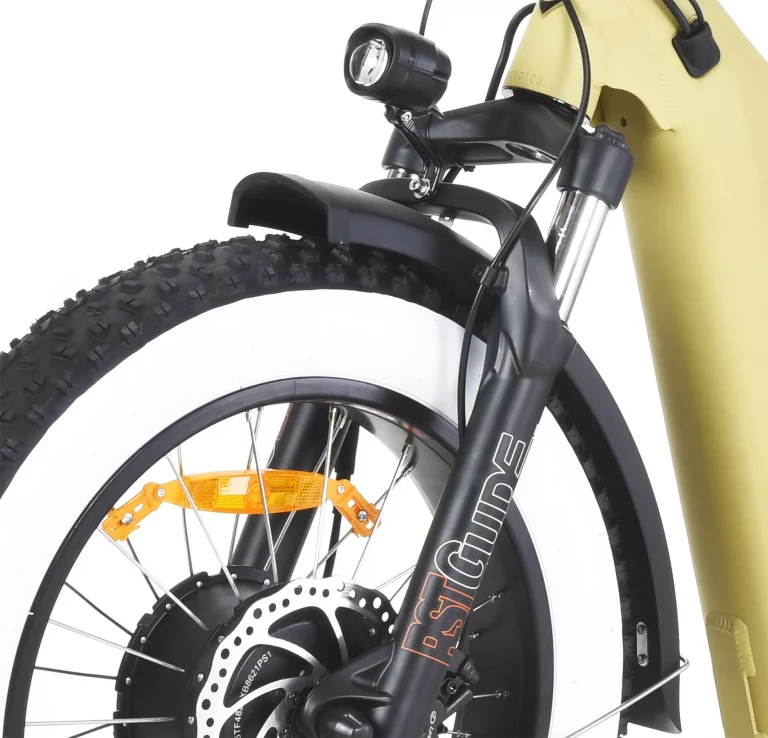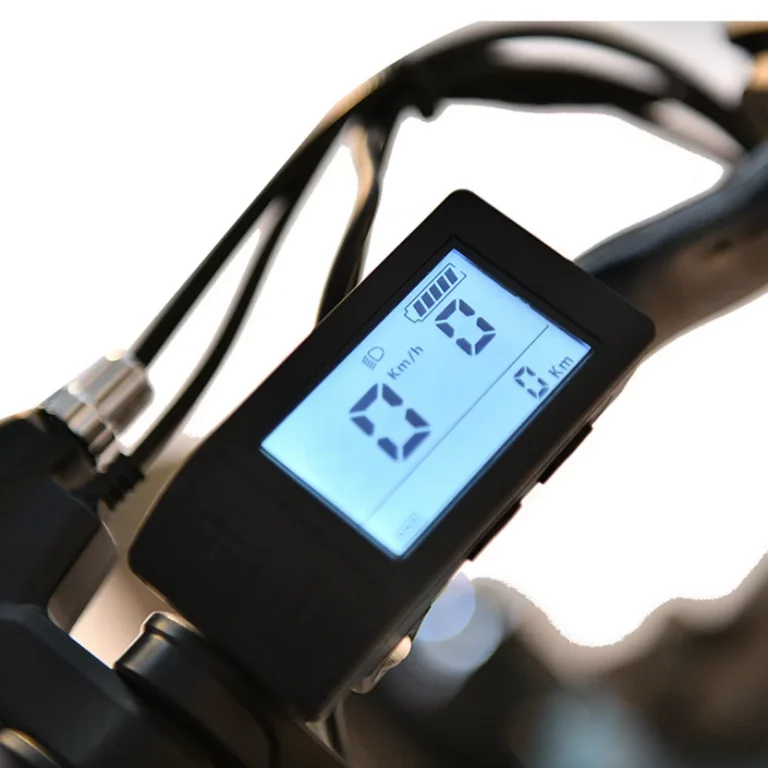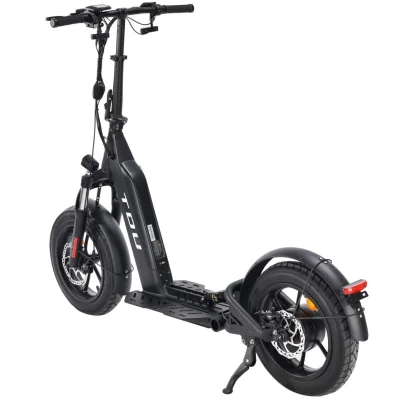Electric scooters have become increasingly popular as a convenient and eco-friendly mode of transportation. They offer a practical solution to urban commuting and are often preferred for their ease of use and affordability. A crucial aspect that many potential users inquire about is the speed capabilities of electric scooters. Understanding how fast electric scooters can go involves examining various influencing factors, legal speed limits, and a comparison with other modes of transportation.
Understanding Electric Scooter Speed Capabilities
Factors Influencing Speed
Electric scooters‘ top speeds are determined by several key factors. These factors contribute to variations in speed across different models and conditions, affecting rider satisfaction and performance.
Motor Power
Motor power is one of the primary factors influencing the speed of electric scooters. Typically measured in watts, the motor’s power output directly correlates with the scooter’s capacity to accelerate and maintain higher speeds. Electric scooters with motors ranging from 250 to 500 watts are common in urban settings, suitable for everyday commuting and short-distance travel. High-performance models, wielding motors of 1000 watts or more, can achieve greater speeds, making them ideal for longer distances or off-road conditions.
Battery Capacity
Battery capacity plays a vital role in determining how fast and far an electric scooter can travel. Measured in ampere-hours (Ah), a higher battery capacity results in an enhanced power supply to the motor, translating into potentially higher speeds and prolonged runtimes. Advanced lithium-ion batteries are the standard in modern electric scooters, providing a balance between energy efficiency and lightweight design, thereby boosting overall performance.
Rider Weight and Terrain
The rider’s weight and the type of terrain significantly impact the scooter’s speed. Heavier riders may experience reduced top speeds due to the increased load on the motor, necessitating more power to achieve and maintain higher speeds. Similarly, navigating through rough or uphill terrain can strain the motor and battery, leading to slower speeds. Conversely, smoother and flat surfaces facilitate faster travel, ensuring an optimal riding experience.
Legal Speed Limits
When considering the speed of electric scooters, it is essential to address legal constraints. Speed regulations vary by region and are influenced by safety concerns and urban planning objectives.
Urban Areas
In urban environments, electric scooter speed limits are typically lower to ensure the safety of both riders and pedestrians. Speed limits in many cities range between 15 to 20 miles per hour (24 to 32 kilometers per hour). These restrictions aim to minimize accidents and maintain a harmonious traffic flow, particularly in densely populated areas with significant foot traffic.
Rural Areas
Electric scooter speed limits in rural zones are generally more lenient, given the reduced pedestrian density and wider, less congested roads. Riders may find permissible speeds extending up to 25 miles per hour (40 kilometers per hour) or higher, depending on local legislation. Increased speed capabilities in rural settings cater to the necessity for covering larger distances more efficiently.
Comparison with Other Transportation Modes
Understanding how electric scooters measure up against other common transportation modes can provide a comprehensive perspective on their speed efficiency and practicality.
Bicycles
Bicycles, powered by human effort, generally have a top speed range of 10 to 15 miles per hour (16 to 24 kilometers per hour) for casual cyclists. While some experienced riders can push higher speeds, electric scooters often outperform bicycles in terms of consistent top speed and ease of use, particularly in urban commutes where quick acceleration and minimal physical exertion are advantageous.
Cars
Cars, undoubtedly the fastest among common personal transportation options, have a broad speed range governed by engine capacity and road regulations. However, in congested urban areas, cars often face significant traffic delays, diminishing their effective speed advantage. In contrast, electric scooters can navigate through traffic more easily, often arriving at destinations faster than cars over short to medium distances.
Models and Their Speed Ranges
Different Models of Electric Scooters
The market for electric scooters offers a wide variety of models, each catering to different user needs and speed preferences. Understanding the range of these models helps in selecting the right scooter based on performance and budget.
Entry-Level Scooters
Entry-level scooters are designed for beginners and those seeking a cost-effective transportation option. These scooters generally come equipped with motors between 200 to 300 watts, allowing for top speeds of 10 to 15 miles per hour (16 to 24 kilometers per hour). They are ideal for short commutes and recreational rides, providing a balanced mix of affordability and basic functionality.
Mid-Range Scooters
Mid-range scooters strike a balance between performance and affordability. Equipped with more powerful motors ranging from 500 to 800 watts, these scooters can achieve speeds of 15 to 25 miles per hour (24 to 40 kilometers per hour). They are suitable for daily commuting and offer enhanced features such as better battery life, improved suspension, and more robust build quality.
High-Performance Scooters
High-performance scooters are designed for speed enthusiasts and those needing extra power for longer commutes or challenging terrains. These models come with motors exceeding 1000 watts, capable of reaching speeds of 30 miles per hour (48 kilometers per hour) or more. High-performance scooters are built with advanced materials and technology, ensuring durability and high-speed stability, but they come with a higher price tag.
Customization and Tuning Options
For those inclined toward tweaking and personalizing their scooters, customization and tuning offer pathways to enhance speed and performance. Simple modifications such as upgrading the motor, increasing battery capacity, or adjusting the electronic speed controller (ESC) can yield significant speed improvements. However, it is vital to ensure that any alterations comply with local regulations and that safety features are not compromised during customization.
Safety Considerations
Protective Gear and Precautions
While speed is an enticing feature, safety must always come first. Riders should equip themselves with appropriate protective gear, including helmets, knee pads, elbow pads, and gloves. These accessories can significantly reduce the risk of injury in case of falls or accidents. It’s also important to perform regular maintenance checks on the scooter, ensuring that brakes, tires, and lights are in optimal working condition.
Guidelines for Safe Riding
Adhering to safety guidelines ensures a secure and enjoyable riding experience. Riders should always obey traffic signals and local road regulations, avoid riding on sidewalks, and be mindful of pedestrians. Maintaining a steady speed and being cautious at intersections can help prevent accidents. Moreover, investing in scooters with built-in safety features such as anti-lock brakes, lights, and reflectors enhances overall safety.
Technological Advancements in Electric Scooters
Innovations Enhancing Speed
The electric scooter industry continually evolves, with manufacturers integrating cutting-edge technology to push the boundaries of speed and performance. Innovations such as regenerative braking systems, which convert kinetic energy back into stored battery energy, can extend battery life and slightly boost speed. Additionally, lightweight composite materials and aerodynamic designs reduce drag, enabling scooters to achieve higher top speeds.
Future Trends in Speed Capabilities
Looking ahead, the future of electric scooters promises even greater advancements. Developments in battery technology, such as solid-state batteries, could provide higher energy densities, thus enhancing both speed and range. Integration of smart technologies, including AI-driven power management systems and real-time performance analytics, stands to optimize speed capabilities further. As infrastructure adapts to accommodate electric scooters, we may see specialized high-speed lanes and charging stations becoming commonplace, making electric scooters an even more viable alternative for daily commutes.
In conclusion, electric scooters offer a versatile and efficient mode of transport with speed capabilities influenced by various factors, including motor power, battery capacity, and terrain. Understanding the diversity in models, availability of customization, and adhering to strict safety measures ensures a reliable and exhilarating riding experience. With continuous technological advancements, the horizon for electric scooter speed and performance looks promising, further solidifying their role in modern urban mobility.
As one of the famous brands in the production of electric bicycles and scooters, Yongkang LOHAS Vehicle Co., Ltd is committed to the research and development and manufacturing of related products. LOHAS Vehicle is a modern integrated enterprise specializing in the design, manufacturing, and distribution of electric bicycles and electric scooters, dedicated to the production of high quality electric bicycles and electric scooters.
Yongkang LOHAS Vehicle Co., Ltd covers an area of more than 18,000 square meters. We have two assemble line, and use advanced manufacturing equipment and techniques to produce high-quality electric scooters and electric bike that meet our strict standards. At the heart of our company is a dedicated R&D team comprising 20 professionals who contribute to e-bike design and innovation. To ensure the highest standards, our Quality Inspection team, consisting of 15 meticulous individuals, thoroughly check e-bike and e-scooter before shipment.

